The Dvořák Hall stage, which is familiar to today’s audience, was built in 1990 as part of the Rudolfinum reconstruction led by architect Karel Prager. A number of minor repairs has been carried out on it, mainly sanding and varnishing the surface, eventually replacing damaged planks. These suffer not only from the normal handling and transportation of pianos and other heavy instruments, but also from stab wounds. The Czech Philharmonic musicians playing string instruments with tail spikes have a great advantage over most of their domestic as well as foreign colleagues: the Dvořák Hall is one of the few places where they can stab their instruments directly into the floor, without the use of a pad.






The Czech Philharmonic concerts and recordings were eventually saved from the screech by the Teak company. It was only the company that managed to find a producer of sufficient quality material in the Beskydy Mountains. Ordinary planks would not have been able to withstand the burdens of concert operations.
The Best of Oak
The stage consists of unique planks, the basic building unit of which are slats with dimensions of 80×40 millimeters. Each of these squares is made up of five layers of the finest oak wood. “Each layer is also length-adjustable to break all the tension in the wood and prevent it from deforming,” Miloš Honzl, head of Teak, says. The planks are glued and pressed together and the board is then planed, sanded, and impregnated with oil and hardener, which prevents damaged areas from turning black in the future.
The preparation began a year before the actual exchange, at a time when the stage was being used for concerts without a pause. “We had to start producing material without dismantling anything,” Honzl points out, noting that not everything can be read from the drawings.



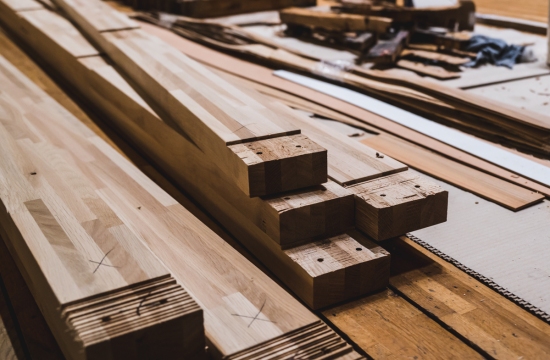
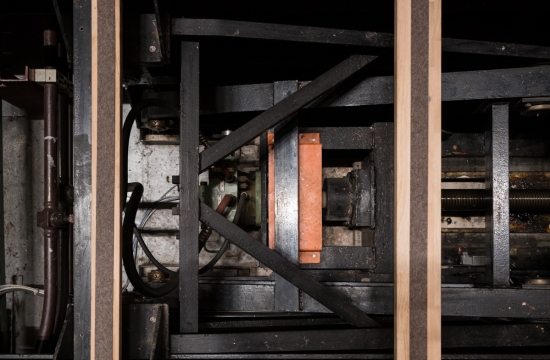
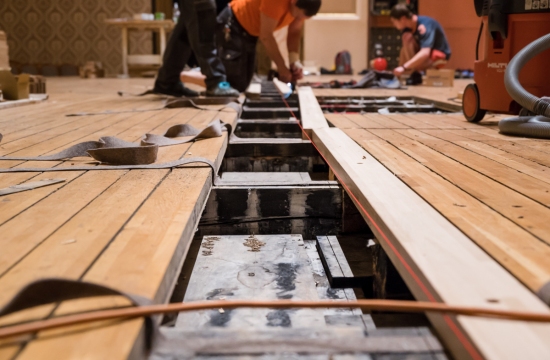
Avoiding a Hole
The deadline for the replacement itself was set tight: just 30 days during the summer shutdown. “We were afraid it wouldn’t be done in time,” manager Stöhr admits. The stage was not therefore replaced all at once; the work was done in stages. This was the only way to ensure that the Philharmonic would not be greeted by a hole in the floor at the first rehearsal after the holidays–in the event of major problems, one part would remain old and the other one would become new.
In the end, everything went according to plan although Miloš Honzl admits that the commission was stressful for him. “To be honest, no earlier than the last piece is good, then you know exactly how to do it,” the head of Teak says. He and everyone else involved in the reconstruction hope that the stage will last at least as long as the old one–for 30 years of operation. This is also the reason why spare parts have been made for when the boards get splintered or otherwise damaged again. “Because of this, we hope that the lifetime could be even longer,” Rudolfinum administrator Radek Stöhr adds.



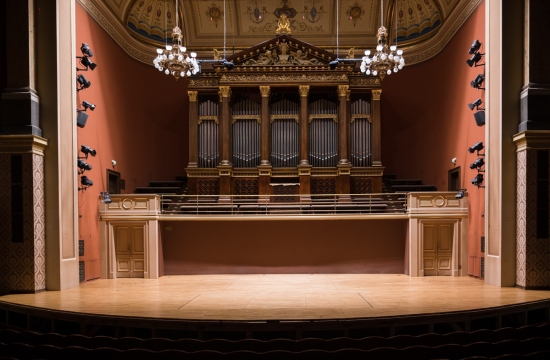
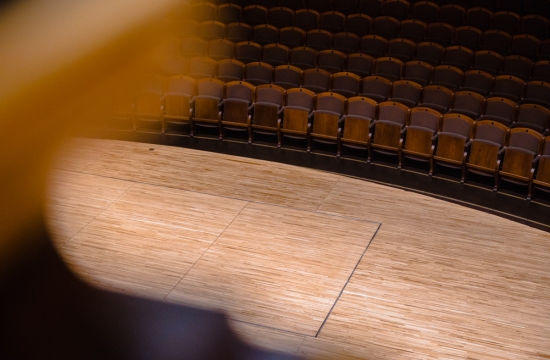
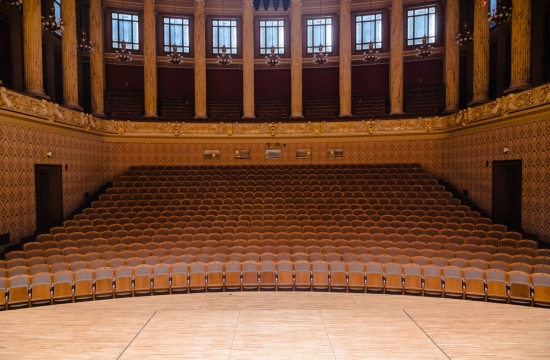
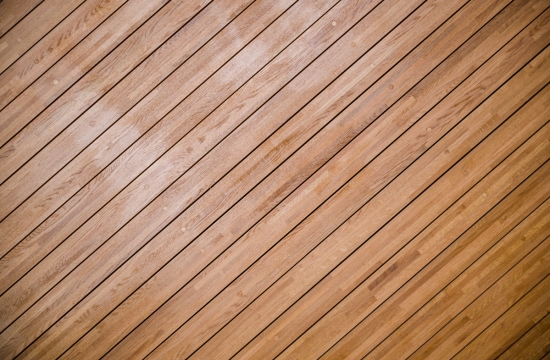
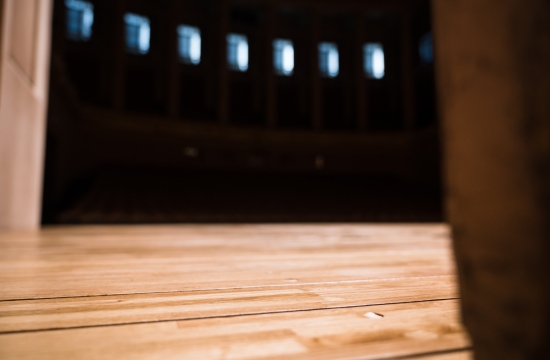
For beauty and the cultivation of the spirit
“When we were sure that the reconstruction of the podium would actually happen, we started to think about what to do with the old wood. It was clear to us that we couldn’t just throw the planks away or flood them. After all, they have been played on for thirty years, they are literally imbued with music!” says the author of the idea, Jitka Herčíková, who also works in the Rudolfinum’s administration department.
Therefore, a plan was made to produce gifts that could surprise and delight lovers of classical music this Christmas. The woodworkers from BeWooden made cufflinks and wooden bow ties. These are what the successful Beskydy company has become famous for; the combination of oak wood and masterful handwork makes both items the perfect addition to any suit.
The offer for the ladies was provided by jeweller Marie Poláčková from the company ko-ra-le. She designed earrings, a bracelet and four types of necklaces for the Czech Philharmonic. Two of them were made in a limited edition of only thirty pieces to emphasize their uniqueness. All the jewels are already available in the Rudolfinum shop and on the Czech Philharmonic e-shop.
The most challenging and spectacular event will be available at the end of November and the beginning of December. Zdar Šorm, an artistic joiner from Zdar joinery, is working on a chess set made from the planks of Dvořák Hall. It will be a large set with a chessboard with an edge of 35 centimetres, which will still show the small scratches and abrasions caused by thirty years of concerts. Can you imagine a nicer Christmas present?

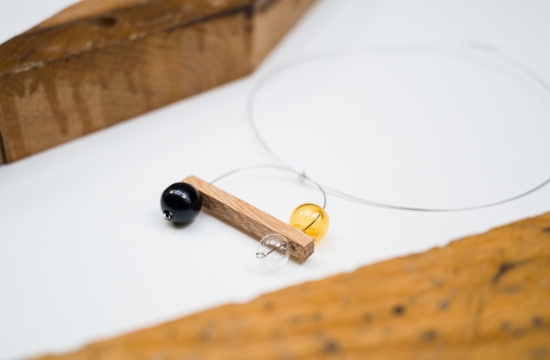
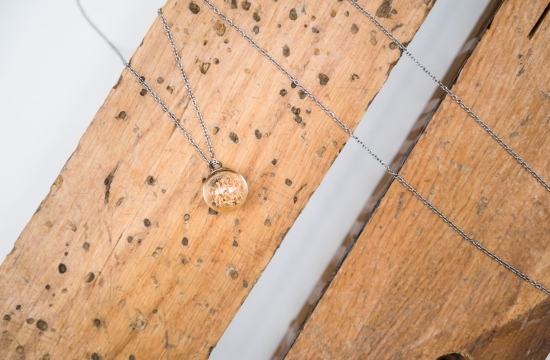



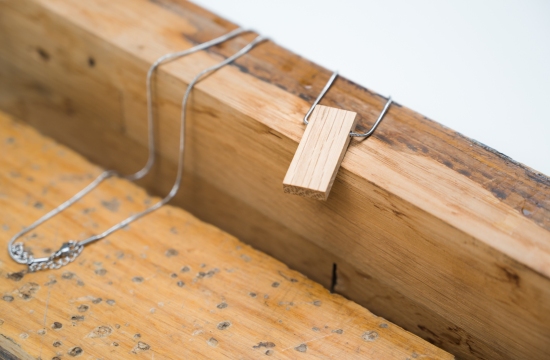

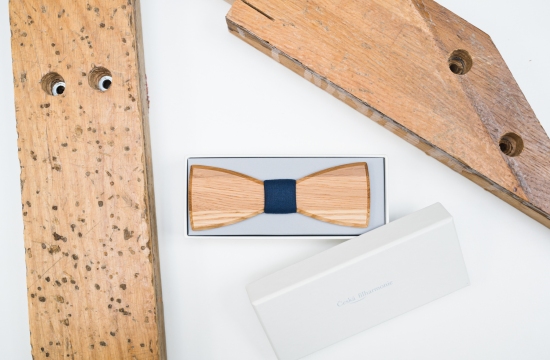
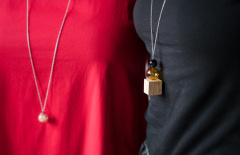

what are the considerations when purchasing used metal cabinets? visit our : telkom university